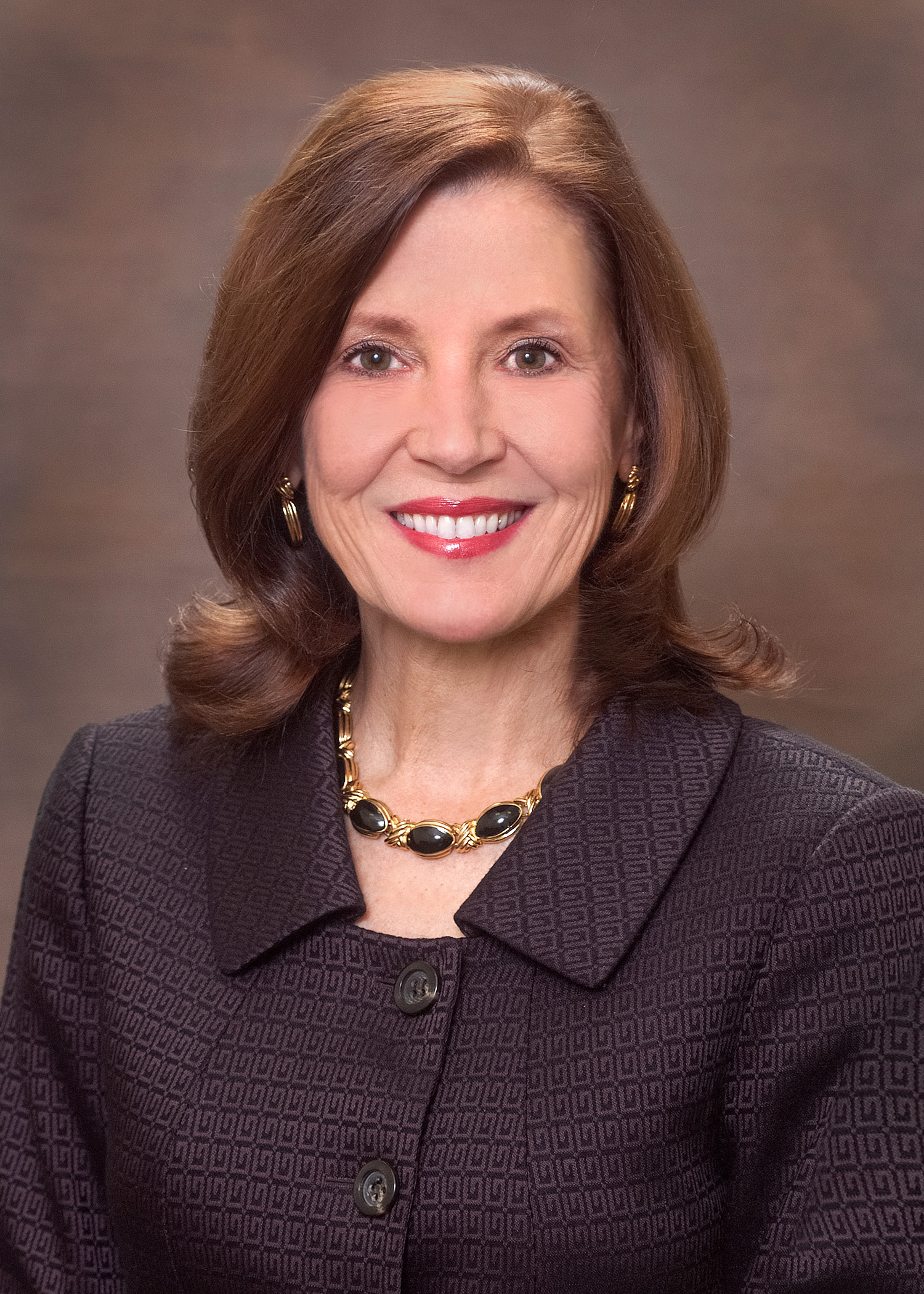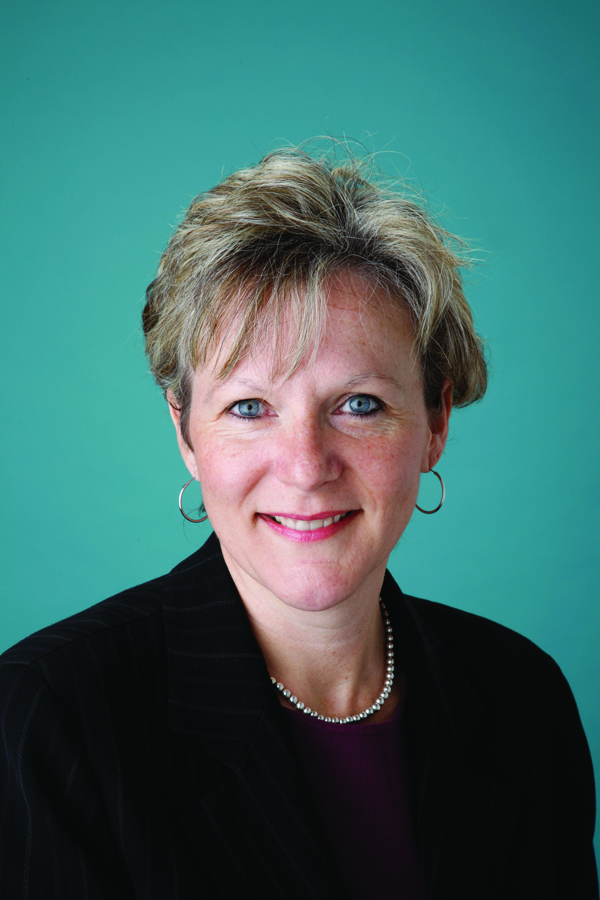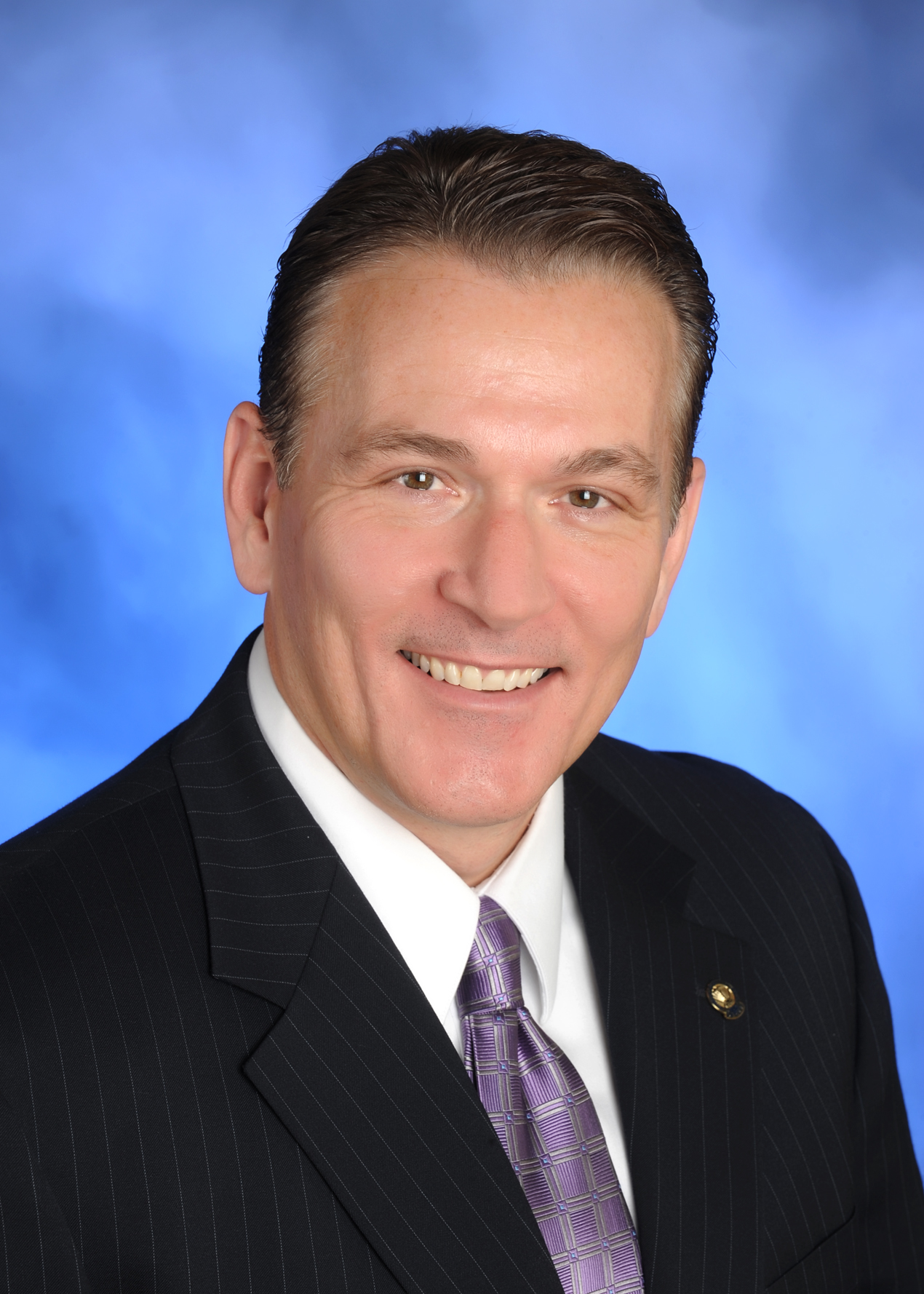As an industry, healthcare struggles with burnout and dissatisfaction among its workforce. However, many hospital leaders combat these negative forces by taking steps to ensure their hospitals are a great place for employees to spend their days, do meaningful work, celebrate, engage in the culture and grow professionally, as well as personally.
Participants of this roundtable include:
Teri Fontenot, president and CEO of Woman’s Hospital (Baton Rouge, La.)
Nancy Vish, RN, PhD, president and CNO of Baylor Jack and Jane Hamilton Heart and Vascular Hospital (Dallas)
Farron Sneed, CEO of Lovelace Westside Hospital (Albuquerque, N.M.)
Question: What are some of the unique traits of your hospital as a workplace?
Teri Fontenot: Woman’s has a very collaborative culture where employees are actively engaged in key decisions, implementation of initiatives and process changes. Teams participate in performance and quality improvement, wellness planning, policy development and accreditation/certification preparation. In 2014, employee-led teams identified over $16 million in productivity and efficiency savings. Woman’s strives to include employees in decision making in areas that affect them so they understand how their job contributes to the organizational vision. Our employees believe in and are committed to our mission and values, and they are proud of what we do. This is demonstrated every day in their interactions with patients, visitors and each other. We call this the “Woman’s Touch.”
performance and quality improvement, wellness planning, policy development and accreditation/certification preparation. In 2014, employee-led teams identified over $16 million in productivity and efficiency savings. Woman’s strives to include employees in decision making in areas that affect them so they understand how their job contributes to the organizational vision. Our employees believe in and are committed to our mission and values, and they are proud of what we do. This is demonstrated every day in their interactions with patients, visitors and each other. We call this the “Woman’s Touch.”
Additionally, we are transparent in our communications. Employees receive a weekly “On The Same Page” email updating them on events and initiatives taking place that week. A monthly employee newsletter, “Small Talk,” contains information about larger-scale initiatives at the organizational and department level. A monthly “Leadership Lagniappe” email is written by a member of the executive team and covers topics of interest in the leader’s division. Employees can post anonymous questions to the “Ask Anything” forum available on our intranet; the questions are then answered by the responsible leader and available for all employees to see. This helps contain rumors and provides a timely and direct means of communication. Open forums are held at least twice each year, both in conference rooms and in various work locations for employee convenience. Annual work plans, financial and operational performance are shared, and input is sought. Our turnover rate is less than10 percent and our employee engagement score is 95 percent positive.

Our number one resource is our people. Peer interviewing with clear expectations of the culture are key. The interview is a “speed date” for a partnership. We set the bar for expectations of our culture and then conduct peer interviews emphasizing our standards and expectations. Matching the expectations is critical for success. We have certain expectations for an academic background, but that’s the minimum. We look for character. You cannot drive towards zero defects without possessing twin characteristics of being detail oriented and having a desire for excellence. And equally important, Baylor Heart and Vascular Hospital hires people who want to be a part of what healthcare is all about — caring for people emotionally and physically, with compassion.
Once you have hired the right people, it is amazing what they contribute to the environment. Keeping people engaged and active in their work environment is important. We want our staff’s input and seek their opinions every 12 weeks through our Q12 survey. An important question is “What’s Stupid Around Here?” If an issue or proposed idea develops from the Q12 survey, we create an action plan and follow-up. Employees received follow-up status on these plans through all employee meetings and unit meetings. Harvest input. Listen. Act. Improve!
The right people, focused on a common goal, can achieve almost anything. People drive outcomes of quality, service, satisfaction and, ultimately, impact finance.
Farron Sneed: As a workplace and a system, when employees want to transfer to different facilities, we support and encourage them — especially with promotions and professional 
We also provide training for midlevel management and supervisors in Foundations of Management 101 and Foundations of Leadership training. This allows supervisors, managers and even our C-suite to gain additional training and perspective on high-performing leaders. These opportunities not only add personal value by providing higher levels of management knowledge, but help participants perform better in their jobs.
Q: As a leader, what are some of your most valuable productivity tips or habits?
T.F.: Because most of my day involves meetings, I try to ensure those meetings are as productive as possible. We distribute an agenda in advance of standing meetings, and include information for discussion. We attempt to start and end on time so attendees can manage their schedules as well. I also try to reserve at least one hour to organize my thinking and plan each day. The protected time is before or after the normal business day, and it really helps me feel more in control when I’ve thought through the most important tasks and have a plan. Everyone’s personal productivity is better at certain times of the day — it’s important to know that time and make the most of it.
N.V.: Having the right people, with a clear vision and set of expectations, leading the team and the committees creates a productive environment. Frequent meetings are part of healthcare but I strive to make those occasions more valuable by bringing together a multidisciplinary team focus. Not only does this practice cut overall time spent in additional meetings but improves outcomes because each discipline contributes uniquely to the conversation, often leading to a better solution. I always make sure minutes are taken during meetings so action steps are clear. Accountability and follow up are key elements to productivity.
Another personal habit I follow is grouping my phone calls at one time during the day to improve my efficiency.
F.S.: Employee and patient rounding — or making sure to speak to them regularly — is a great habit to embrace. As a leader, it helps me identify things that are not being resolved and allows me to make sure we have the resources needed to solve problems. It also helps provide the knowledge to have in-depth discussions with department directors or managers, and ensures we are following up on the issues most important to our staff and patients.
Additionally, reviewing informational dashboards on the business statistics of the facility — knowing where we are at any given time — offers good perspective to know if we need to do something different, like develop an action plan to help stay on top of goals and measures.
Q: What kind of environment helps you work best?
T.F.: Woman’s operates best in a collaborative environment. Decisions made by a group will identify opportunities and considerations based upon each person’s experiences and expertise. Shared decision-making also engenders support for the decision, and allows the rationale to be communicated accurately to stakeholders.
N.V.: I thrive in an environment of change. I enjoy challenges, piloting new things, creating new processes and demonstrating outcomes with report cards. Baylor Heart and Vascular Hospital is often chosen to pilot different projects, because we have a culture of change and we focus on zero defects.
F.S.: A work environment with teamwork and collaboration helps yield results quickly. We really expect that any time an employee has a need or has to call upon another department for support, he or she will always be responded to quickly. An environment that recognizes the importance of its internal customers — the employees — and meets their needs will ultimately help the organization deliver the best service or product to its external customers — the patients. Without this type of work environment, our jobs would be very difficult.
Everyone in our organization knows leadership values staff feedback, and we want to hear from them. It could be getting an ice machine fixed or a computer or printer repaired, but they know they can count on the hospital’s leaders to take care of the issue and allow them to focus on patient care.
